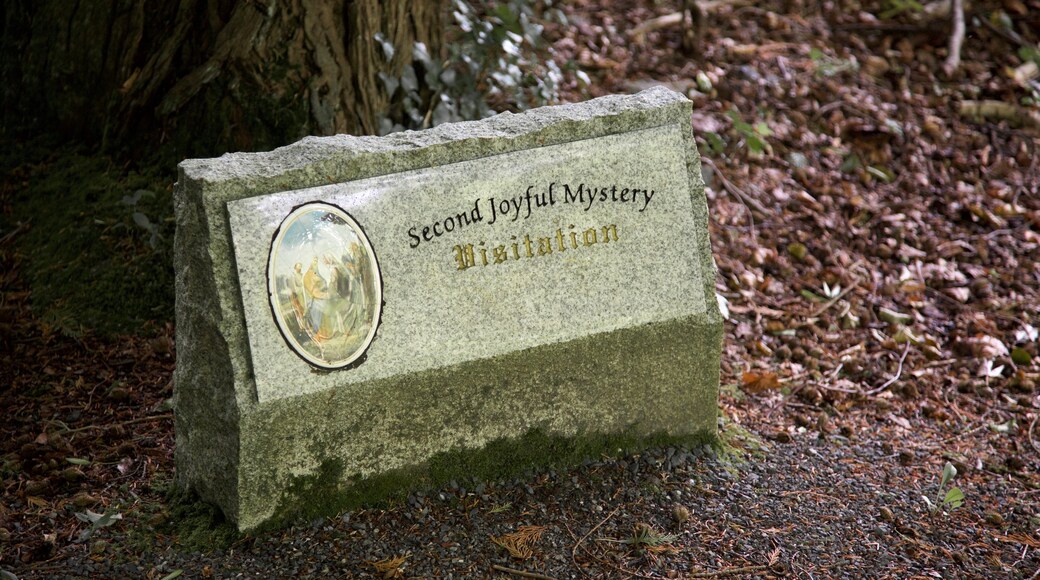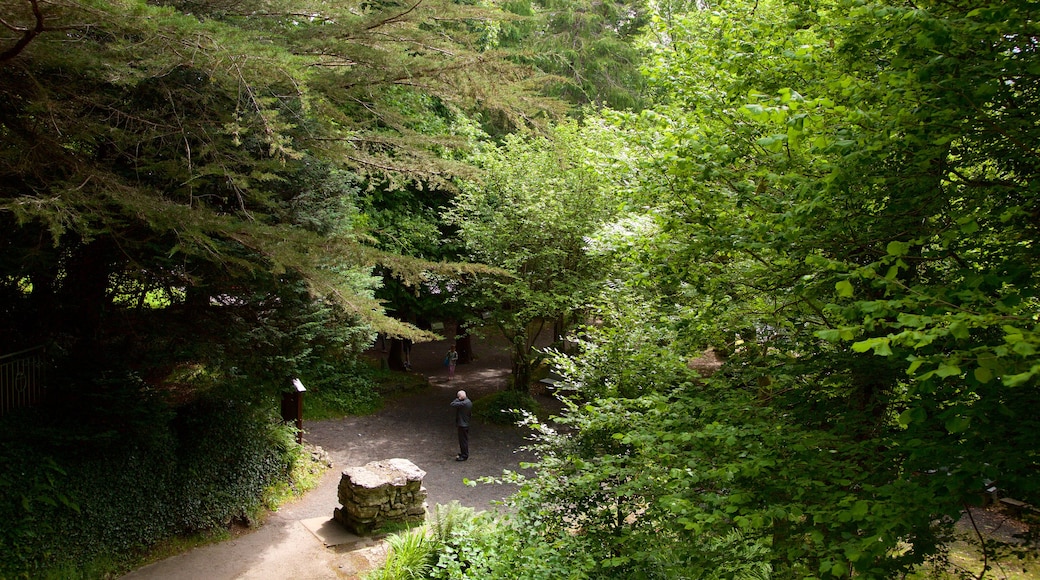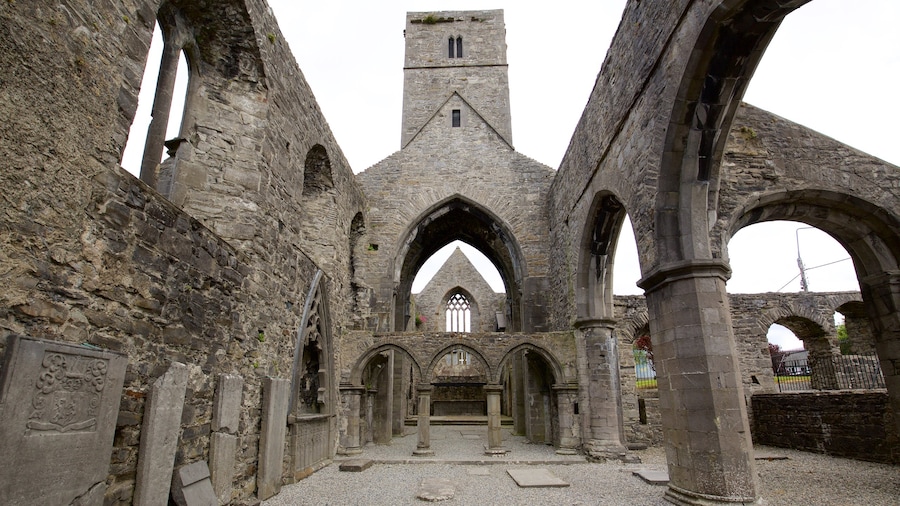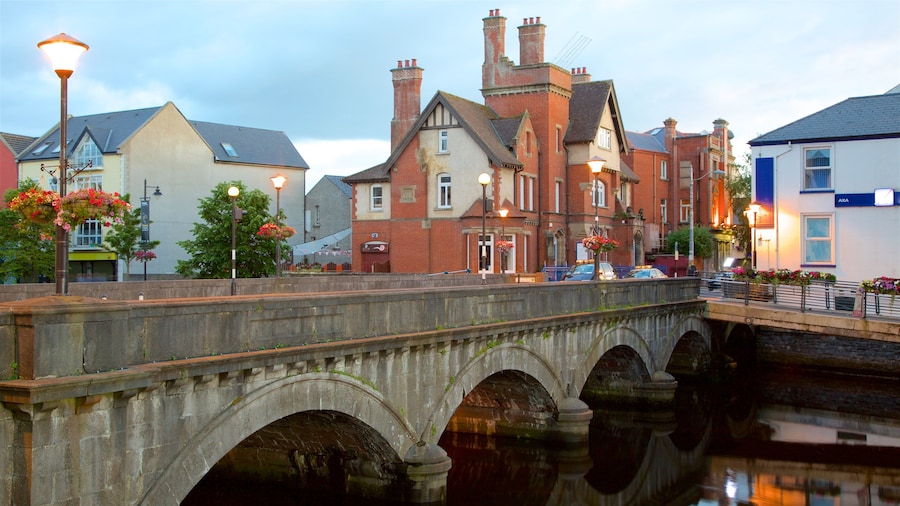Enjoy quiet reflection at this ancient spiritual place that has housed religious tradition amid peaceful woodlands since the Neolithic period.
Tobernalt Holy Well is a natural spring and hallowed site winding through the tranquil forest near Lough Gill. The well has been a symbol of healing and spirituality since Ireland’s pre-Christian era. Before the 5th century, Tobernalt Holy Well was a sacred site for Celtic ceremonies and pagan feasts. Explore the wooded grove where this holy relic lies and experience its tranquility and history.
Walk along the stone path following the forest stream and leading through the leafy dell. Stop at special shrines and stone formations and appreciate how this place of refuge has endured through centuries. It is believed that Lughnasa, the ancient pagan harvest festival, was celebrated here in Neolithic times. After the 5th century, the well became a sacred and curative place for Christian believers.
Note the beautiful altar cut out of the stone near the stream. Adorned with a crucifix, candles and lush green ferns, this altar was a significant site for Irish Catholics during the penal times in the 17th and 18th centuries. English law harshly punished Catholicism during this period, so the priest led masses and ceremonies here in secret.
Note a replica of the penal cross, as well as a series of shrines amid the woods including a shrine to Our Lady of Lourdes, St. Anne and the Crucifixion Scene. Spend some time at the well itself, which is said to hold healing powers. See a pagan ritual entwined with Christian tradition at the Tobernalt Holy Well rag tree, which is adorned with rags and rosary beads.
Visit the well on the last Sunday of July to experience Garland Sunday, a customary assembly and special Mass held annually at the ancient Mass rock. Locals make the pilgrimage to the well from Sligo in the morning and spend the day celebrating and praying.
Tobernalt Holy Well is located beneath Cairns Hill, east of Lough Gill. Visit the site daily for free. The entrance to the glade is a short distance from the side of the road, where you’ll find a free parking area. Tobernalt Holy Well is a 15-minute drive from Sligo town.















